#lowland pacas
Text

Grzimek's Animal Life Encyclopedia, vol. 11, Mammals II. 1972. Illustrated by Peter Barrett.
1.) Patagonian mara (Dolichotis patagonum)
2.) Chacoan mara (Dolichotis salinicola)
3.) Capybara (Hydrochoerus hydrochaeris)
4.) Pacarana (Dinomys branickii)
5.) Mountain paca (Cuniculus taczanowskii)
6.) Lowland paca (Cuniculus paca)
7.) Red acouchi (Myoprocta acouchy)
8.) Black agouti (Dasyprocta fuliginosa)
9.) Red-rumped agouti (Dasyprocta leporina)
#rodents#patagonian maras#chacoan maras#capybaras#pacaranas#mountain pacas#lowland pacas#red acouchi#black agoutis#red-rumped agoutis#Peter Barrett
352 notes
·
View notes
Text
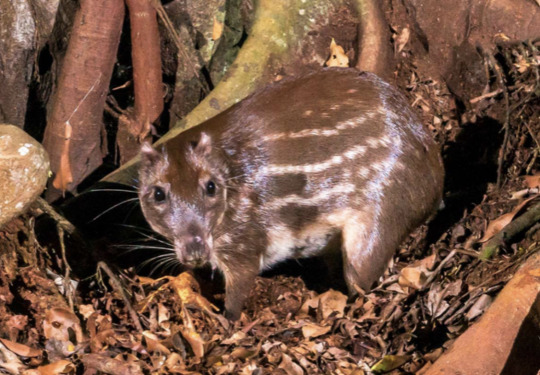



Lowland paca
Cuniculus paca
Family Cuniculidae, pavorder Caviomorpha, suborder Hystricomorpha, order Rodentia
Also known as the spotted paca, tepezcuintle, guardatinaja, pisquinte, jaleb, conejo pintado, guanta, majás, picuro, jochi pintado, boruga, tinajo, guartinaja, gibnut, labba, lapa, and lappe.
There is another animal with a similar name, the Pacarana. But these are not the same animal. They simply have similar appearances.
They are mainly quiet and nocturnal. They dig burrows about 2 metres below the surface with usually more than one exit and are great climbers and swimmers.
They will often seek water to escape predation as they can hold their breaths for several minutes.
They are omnivorous and important seed dispersers. They love fruit and will also eat stems, leaves, tubers, roots, nuts, seeds, and herbs.
They will also eat from carcasses to supplement protein. They eat flesh less often than plants though. They lean more towards herbivorous in the wild and omnivorous in captivity, but have been known to eat flesh in the wild.
There is some conflicting information about their social structure with some sources saying they are largely solitary, and others saying that they are monotonous and form small family groups. Caring for young anywhere from 8 weeks to 6 months.
@jackalspine @fifiibibii
16 notes
·
View notes
Text



Lowland/spotted paca - least concern
📍South America, Central America
12 notes
·
View notes
Text
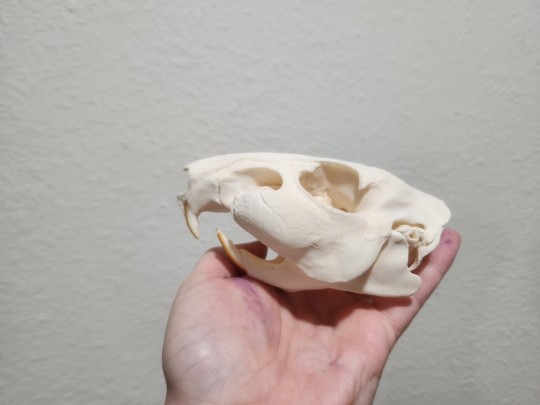
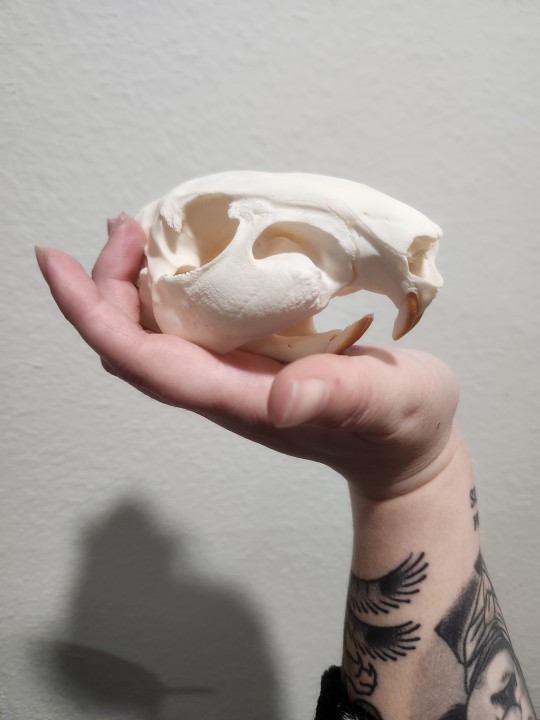
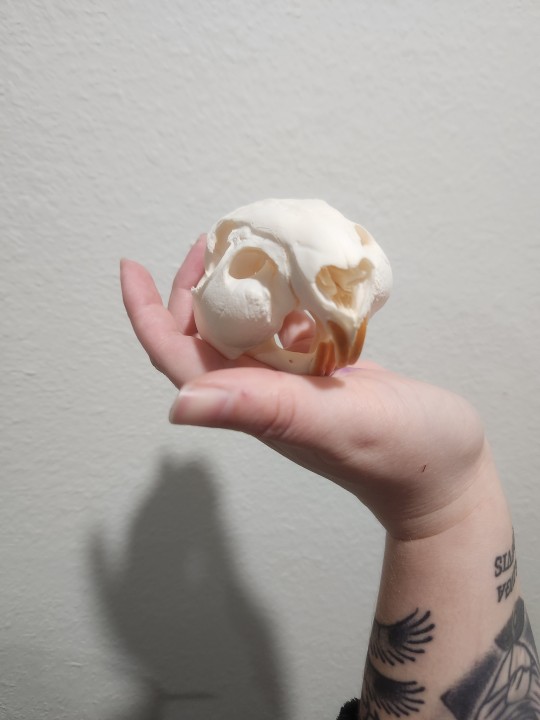
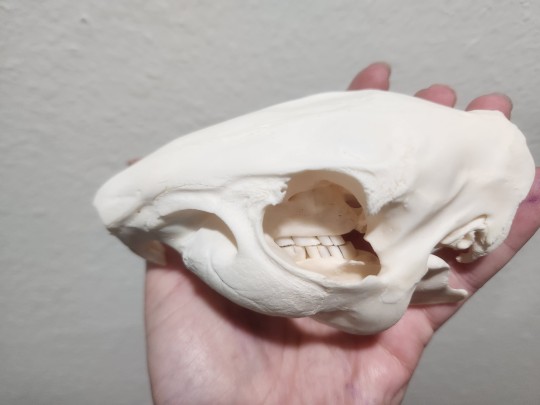
Here's a skull you don't see every day. A lowland paca, a type of deerlike rodent from South America that uses it's huge powerful jaws to break open hard shelled nuts and fruits. A very 'cheeky' critter for sure.
308 notes
·
View notes
Note
Trickety treap!
Could it be one (1) lowland paca?
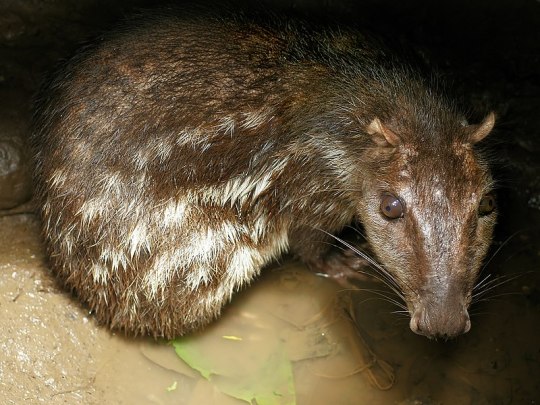
76 notes
·
View notes
Note
Top five rodent species go
Rat
Common Hamster
Lowland Paca
Capybara
Chinchilla
8 notes
·
View notes
Text
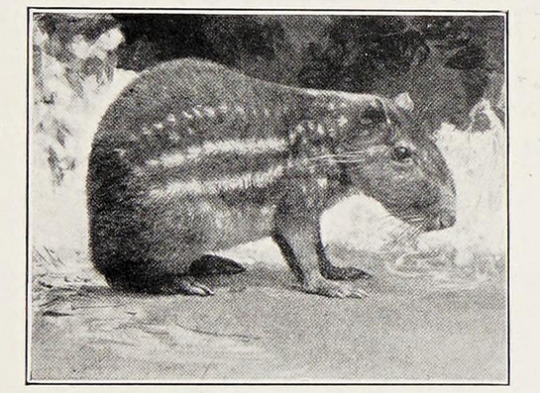
Lowland paca
By: W. S. Berridge
From: A History of Land Mammals in the Western Hemisphere
1913
#paca#hystricomorph#rodent#mammal#1913#1910s#W. S. Berridge#A History of Land Mammals in the Western Hemisphere
17 notes
·
View notes
Text
Rodent Competition 2023
Round 1

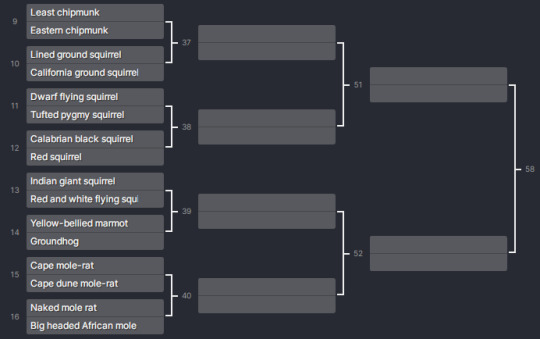


full list below!
Long-tailed chinchilla / Southern viscacha
Common degu / Horned gopher
Common gundi / Guinea pig
Josephoartigasia monesi / Pacarana
Patagonian mara / South African springhare
Spix's yellow-toothed cavy / Capybara
Central american agouti / Lowland paca
Laotian rock rat / Dassie rat
Least chipmunk / Eastern chipmunk
Thirteen-lined ground squirrel / California ground squirrel
Japanese dwarf flying squirrel / Tufted pygmy squirrel
Calabrian black squirrel / Red squirrel
Indian giant squirrel / Red and white giant flying squirrel
Yellow-bellied marmot / Groundhog
Cape mole-rat / Cape dune mole-rat
Naked mole rat / Big headed African mole rat
House mouse / Mongolian gerbil
Black rat / Brown rat
Rakali / Gambian pouched rat
Northern Luzon giant cloud rat / Maned rat
Cairo spiny mouse / Eurasian harvest mouse
Hungarian birch mouse / Striped grass mouse
Great jerboa / Baluchistan pygmy jerboa
Hazel dormouse / Kangaroo rat
Grasshopper mouse / Winter white dwarf hamster
Hatt's vesper rat / Syrian hamster
Norway lemming / Florida Mouse
European water vole / Townsend’s vole
Northern mole vole / Muskrat
Bristle-spined rat / Mountain beaver
North American beaver / Palaeocastor
Crested porcupine / North American porcupine
#rodentcompetition2023#some changes might happen#mostly if I made some mistakes#but hopefully not!#here they are :D#some names in photos are shortened to fit#tournament poll#round 1
18 notes
·
View notes
Text
Header are Sri Lankan jackals taken by Charles J Sharp.
Icon is a yellow-footed antechinus by huntingforparadise/Lewis Burnett.
interacts from muridaeys. he/it. adult. bio major. you can call me daeys or nory if you want, dont have any specific names for individual species
things are tagged messily. species names and dens
↳ therian/theriotypes list below
yellow-footed antechinus (male)
coyote/coydog (male)
least killifish
sand shiner (male)
eastern silvery minnow (female)
common minnow
brassy minnow
nile bushbuck (male)
lowland paca
white-throated dipper
golden jackal/Sri Lankan jackals (?)
deer (?) (female)
pygmy sperm whale
toy poodle
standard poodle (male gundog/birddog)
African wild dog/painted dog (?) (male)
Asian stone catfish/anchor catfish
0 notes
Text
Demon Hunter
..............................................................................................
Contents
Animals: Horned Gopher, Lesser Capybara, Neochoerus, Mountain Paca, Lowland Paca, Neoepiblema, Pacarana, Josephoartigasia Monesi, Phoberomys pattersoni, Elasmodontomys obliquus, Telicomys, Amblyrhiza inundata, Tainotherium valei, Gyriabrus holmbergi, Eurasian Beaver, Trogontherium cuvieri, Malayan Porcupine, Indian Porcupine, Sivacanthion, Neosteiromys, Indian Giant Squirrel, Paenemarmota, Plains Viscacha, Nuralagus Rex, Cronopio dentiacutus, Kopidodon, Mesotherium and Protypotherium.
It also have a resize for the Zerosvalmont's Capybara
..............................................................................................
..............................................................................................
0 notes
Photo

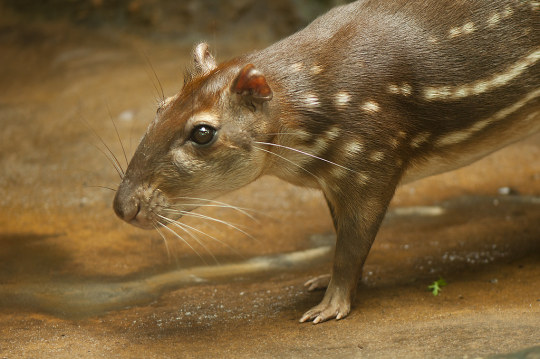
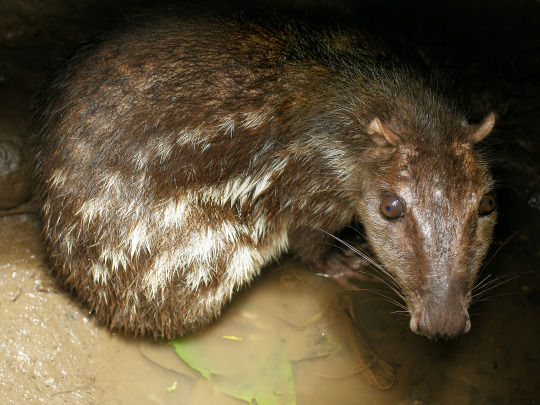
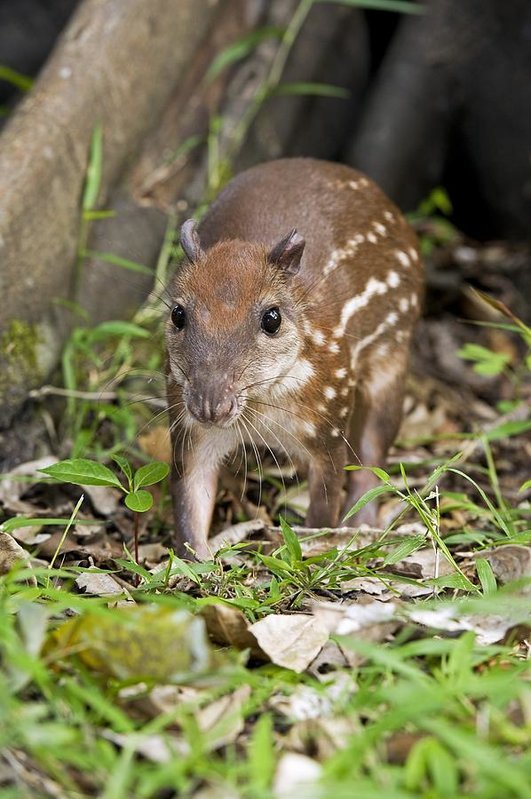


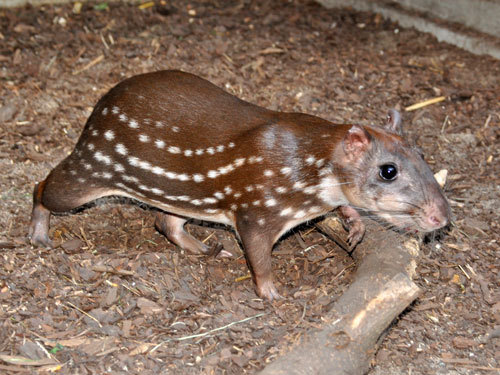

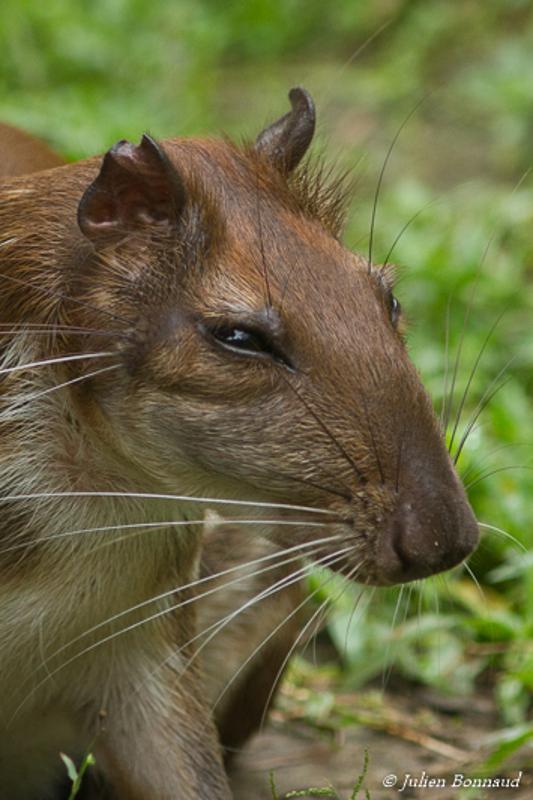

The lowland paca (Cuniculus paca), also known as the spotted paca, is a large rodent found in tropical and sub-tropical America, from East-Central Mexico to Northern Argentina. The animal is called paca in most of its range, but tepezcuintle (original Aztec language name) in most of Mexico and Central America. The word paca comes from a word in the Tupi language that designates the animal but also means 'awaken, alert'. Tepezcuintle is of Nahuatl origin, meaning 'mountain-dog', from tepetl, 'mountain' + itzquintli, 'dog'.
The lowland paca has coarse fur without underfur, dark brown to black on the upper body and white or yellowish on the underbelly. It usually has three to five rows of white spots along its sides, against a dark grey background. It has thick strong legs, with four digits in the forefeet and five in the hind feet (the first and fifth are reduced); the nails function as hooves. The tail is short and hairless. The zygomatic arch is expanded laterally and dorsally and is used as a resonating chamber - a unique feature among mammals.

An adult lowland paca weighs between 13 and 26 lbs. Each litter has one young lowland paca, sometimes two. They usually have one to three young a year with a gestation period of about 115–120 days. Pacas are sexually mature at about 1 year. A paca usually lives up to 13 years.
The lowland paca is mostly nocturnal and solitary and does not vocalize very much. It lives in forested habitats near water, preferably smaller rivers, and dig simple burrows about 2 m (6 ft 7 in) below the surface, usually with more than one exit. It can also sometimes live in burrows created by other animals. The lowland paca is a good swimmer and usually heads for the water to escape danger, as it can stay under water for several minutes. It also is a very good climber and it searches for fruit in the trees.
The lowland paca can be considered an important seed distributor, since its diet includes leaves, stems, roots, seeds, and fruit, especially avocados, mangos and zapotes. It sometimes stores food.
The lowland paca is considered an agricultural pest for several food crops. Its meat is highly prized. It is plentiful in protected habitats, and hence not in danger of extinction, but overall its numbers have been much reduced because of hunting and habitat destruction. It is easily bred and raised in farms, although the taste is said to be inferior (perhaps unpleasant) when farmed. Some of the lowland paca predators include cats, coyotes, bush dogs, crocodiles, and boa constrictors.
9K notes
·
View notes
Text

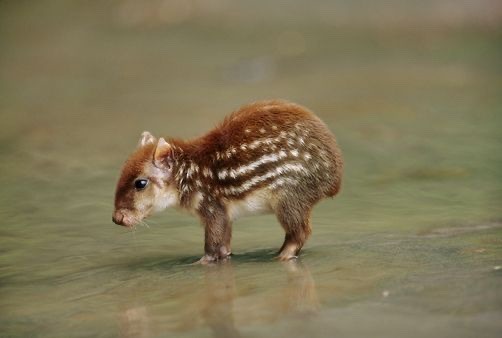
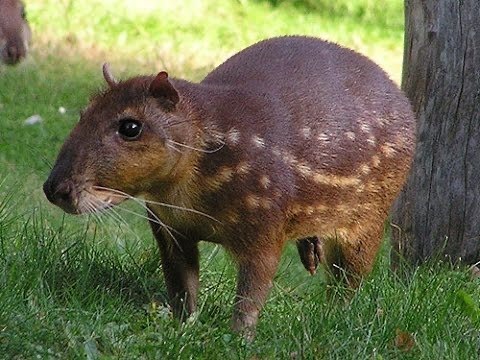
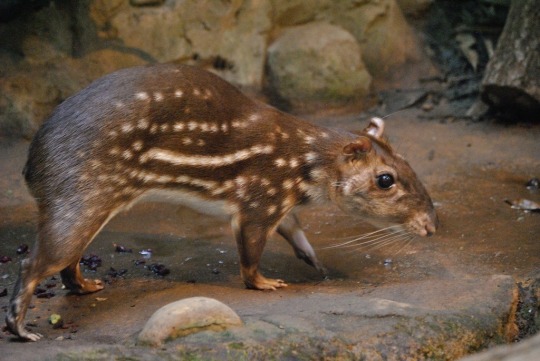
Lowland Paca (Cuniculus paca)
#lowland paca#i just need y’all#to look at this Animal#they’re like capybaras crossed with baby tapirs#aka two Very Good#Very Shaped animals
19 notes
·
View notes
Photo
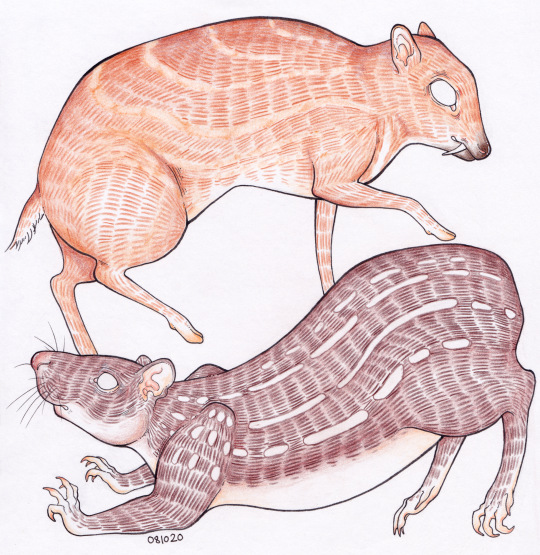
water chevrotain (mouse deer) & lowland paca hanging out because they’re both friend shaped ✨
06 - rodent
#inktober#inktober2020#traditional art#ink drawing#rodent#water chevrotain#mouse deer#lowland paca#paca
13 notes
·
View notes
Text
instagram
0 notes
Text
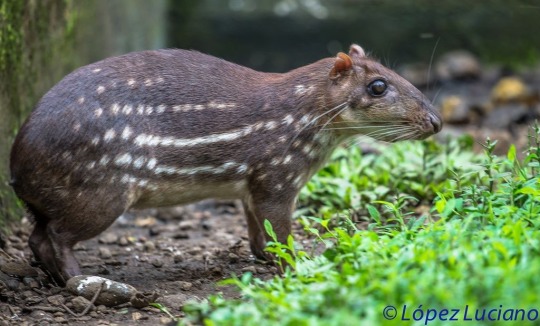
Check him out!
#lowland paca#bad post op#this is such a funny skull shape I have no idea why it's so common in animals#rats
1 note
·
View note
Photo
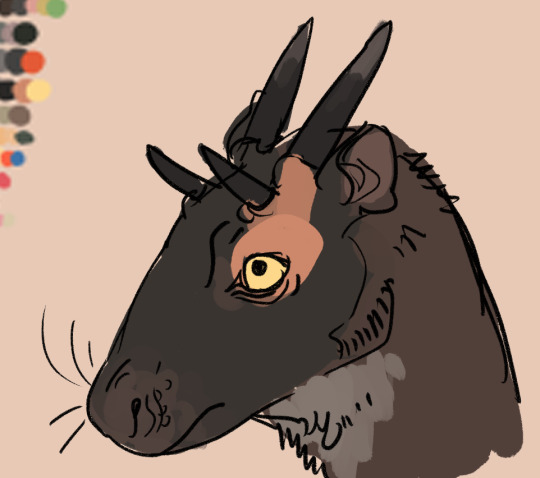
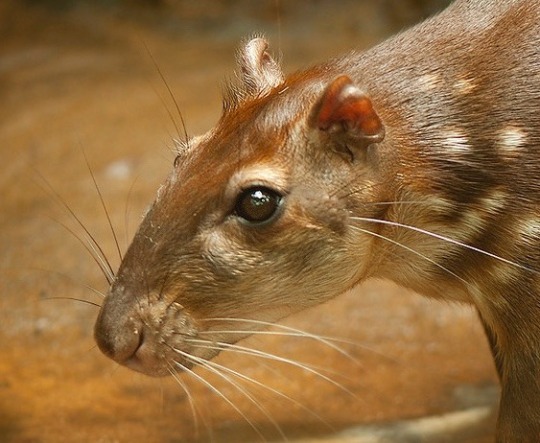
yeah directly tracing a lowland paca’s head makes for a pretty decent realistic kyle
141 notes
·
View notes